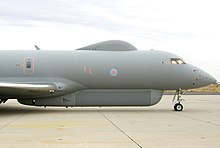
ProductsFIXED WING AIRCRAFT
RCC BARON
RCC GENERAL
LIRCAS Recon & Ground Support
LIRAT Anti-tank
ROTOR & VTOL CRAFT
BASD-1 GUNSHIP SERIES
BASD-2 UTILITY HELO SERIES
BASD-3 HEAVY LIFTER SERIES
BASD-4 SMALL HELO SERIES
MARITIME PRODUCTS
GRACCHUS AND BELISARIUS ELINT SHIPS
AKUA UNDERWATER DRONES
OTHER SYSTEMS
MODULAR ELECTRONIC SYSTEMS
COUNTERMEASURES, ARMAMENTS & ORDNANCE
COMMUNICATION DEVICES
(Sold under Schwyz Logiztek)
GXP SMART SAT PHONES
GXT TABLETS
THIS IS THE CATALOG THREAD OF SCHWYZ DEFENSE SYSTEMS. PLEASE DO NOT POST PURCHASE REQUESTS HERE.The storefront thread to order products is located HERE. Please fill out an IC formatted letter, naming your purchasing or defense ministry/department official. We here at SDS, and our partnered associates, are very appreciative of your patronization. Thanks!













































